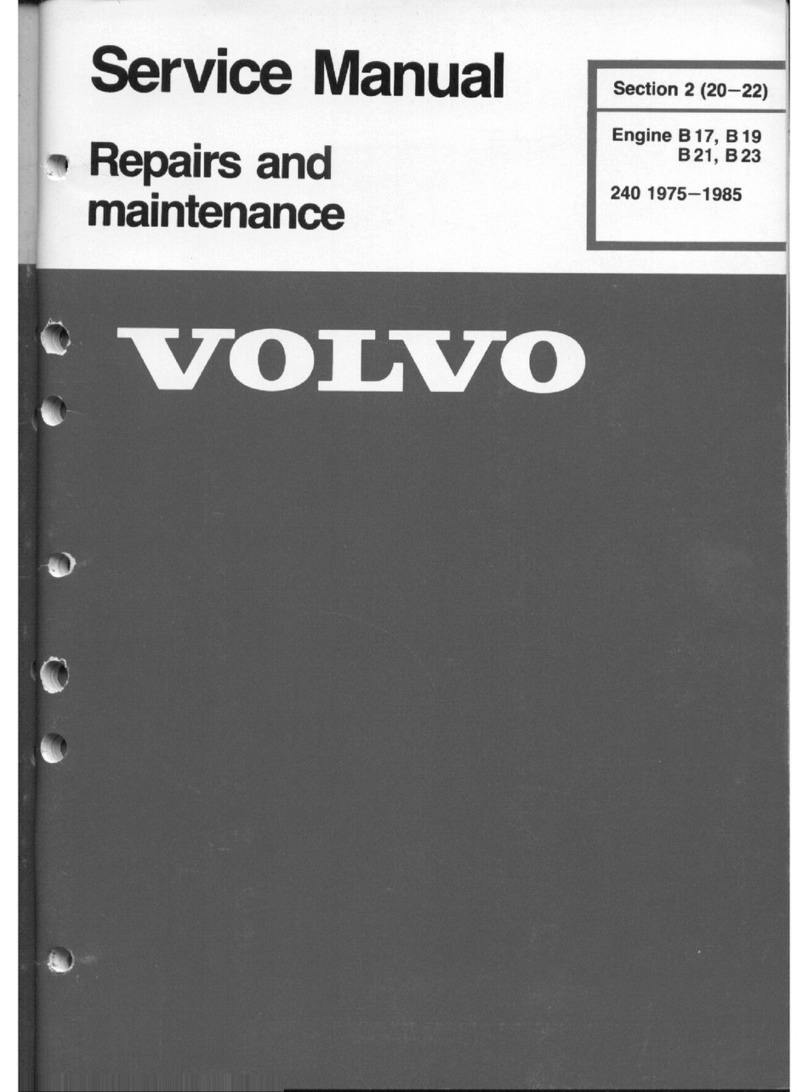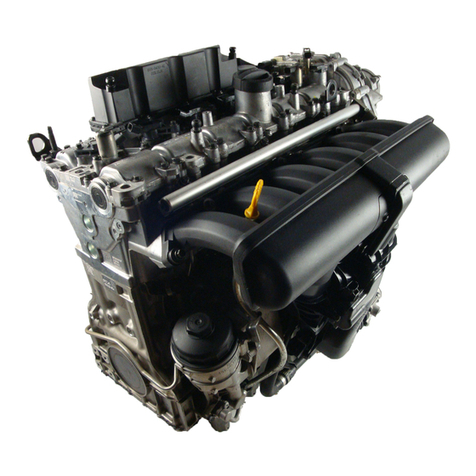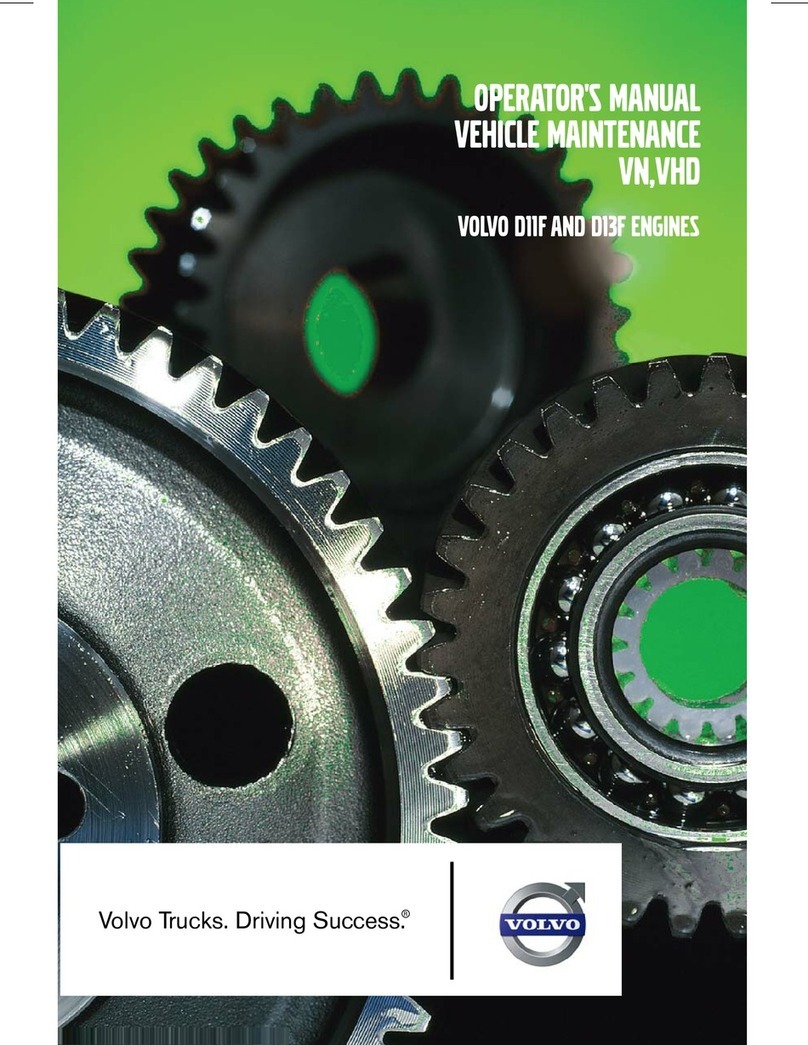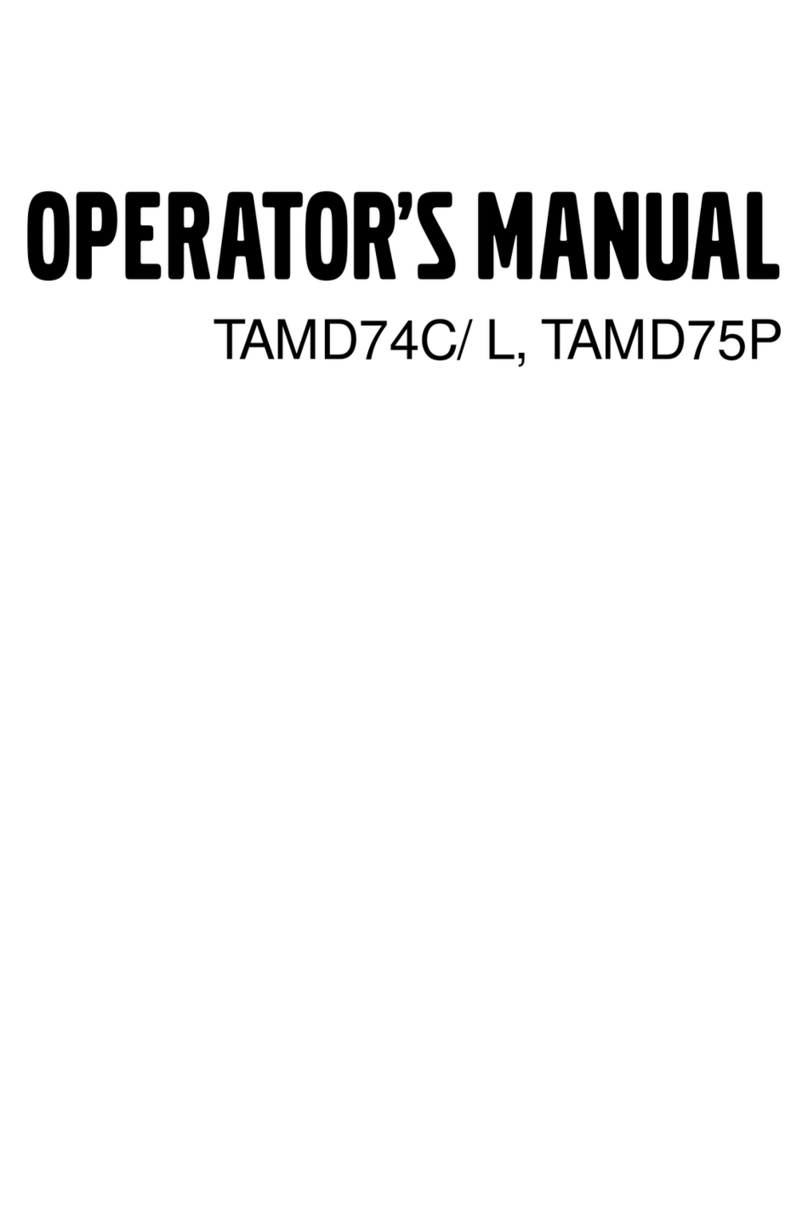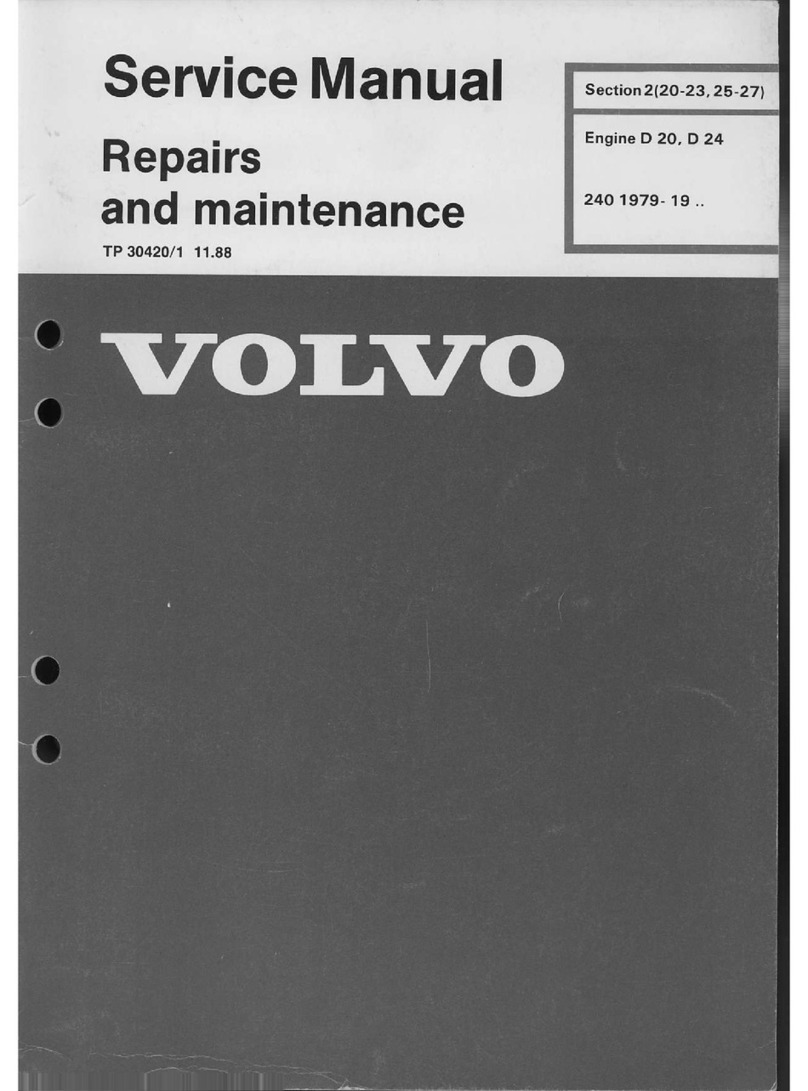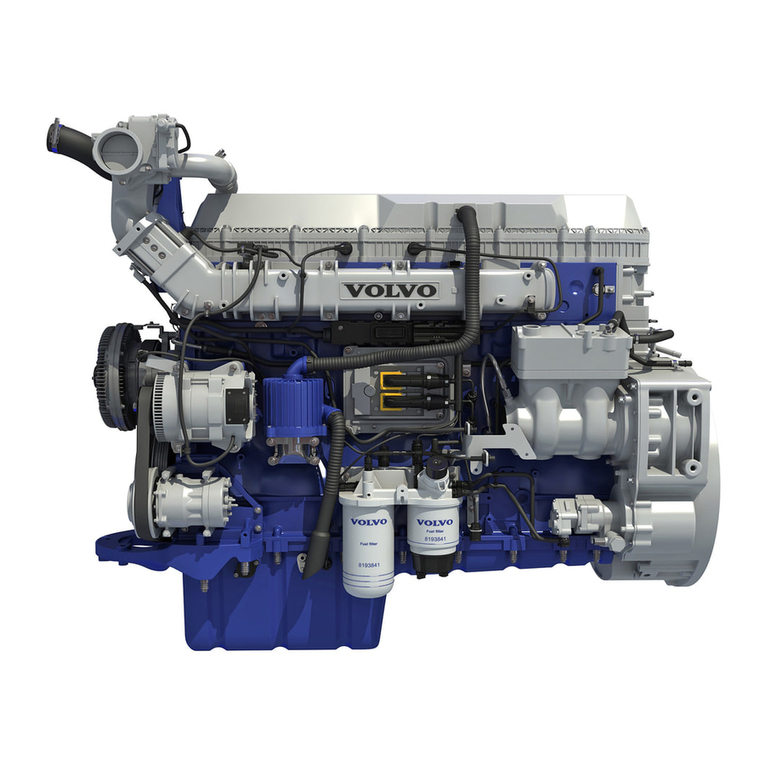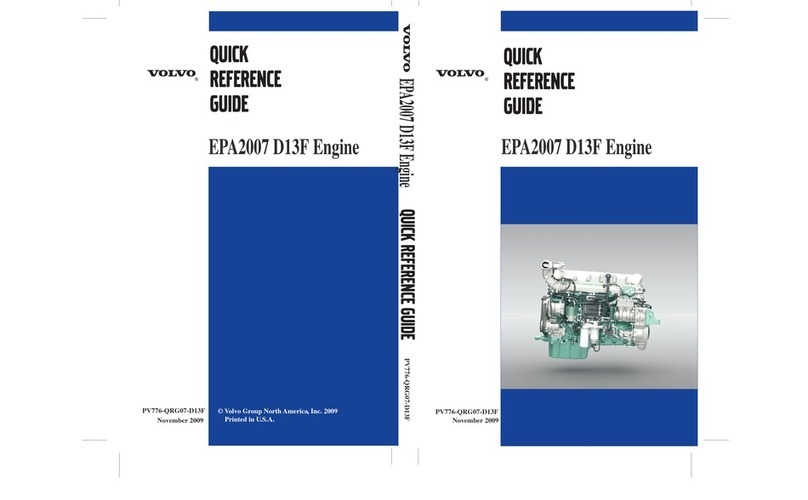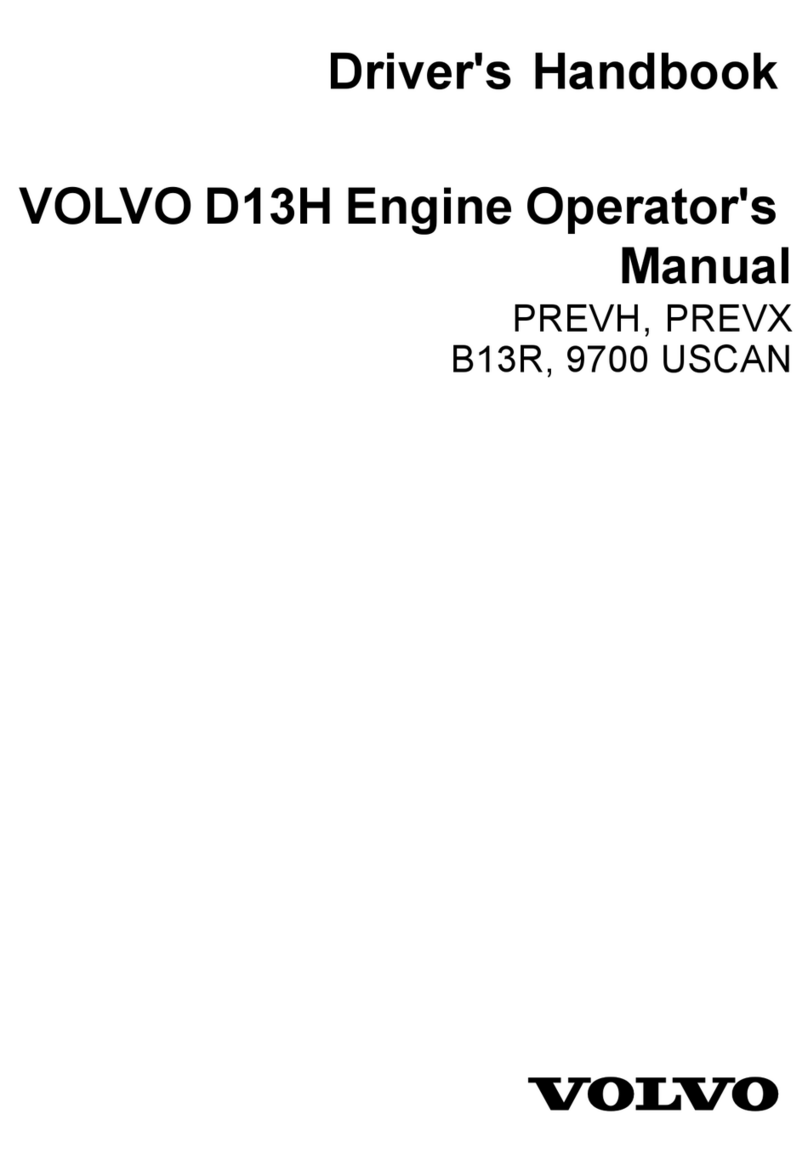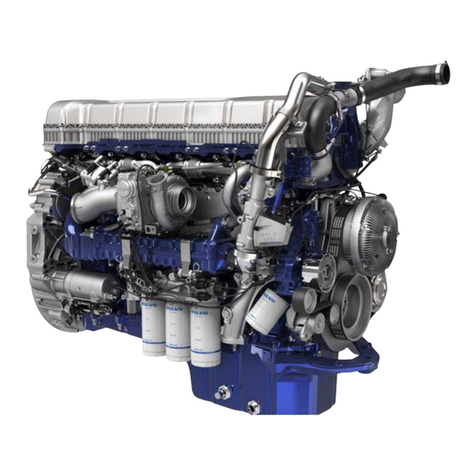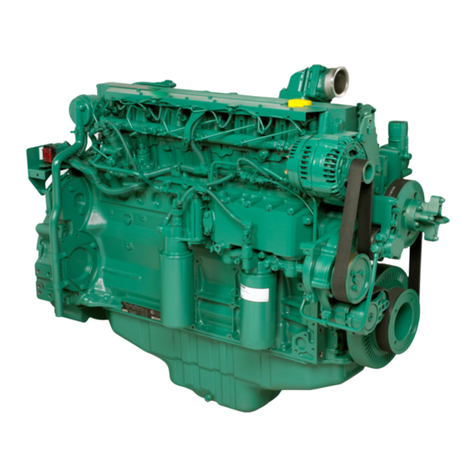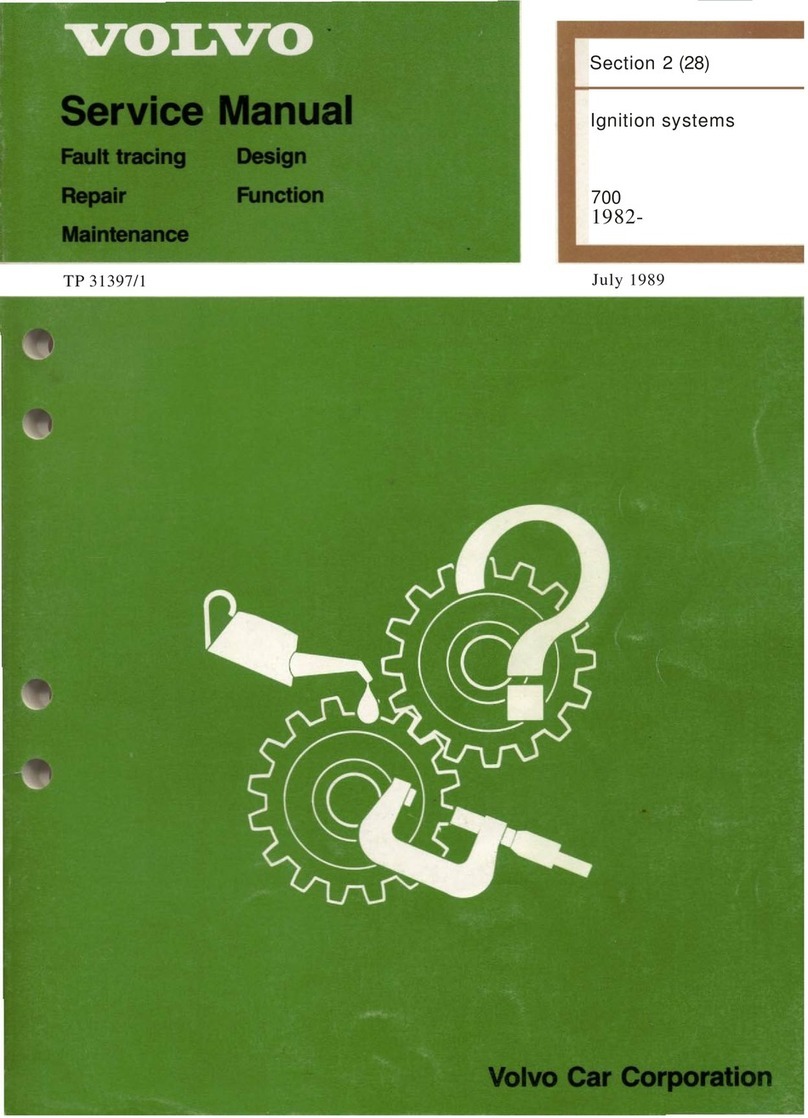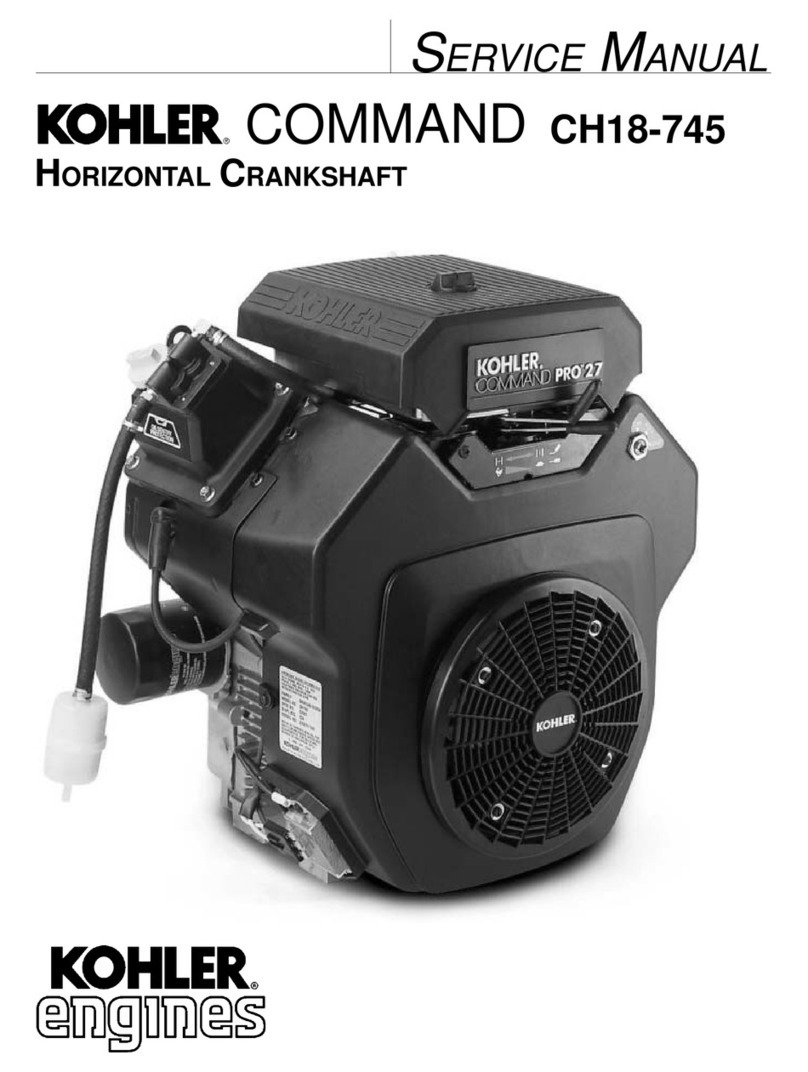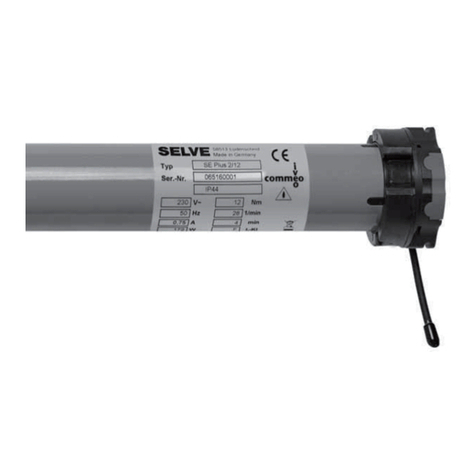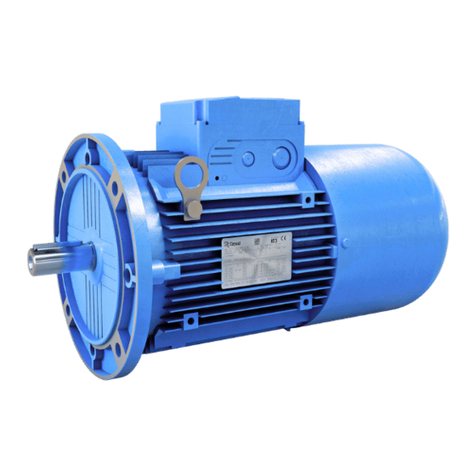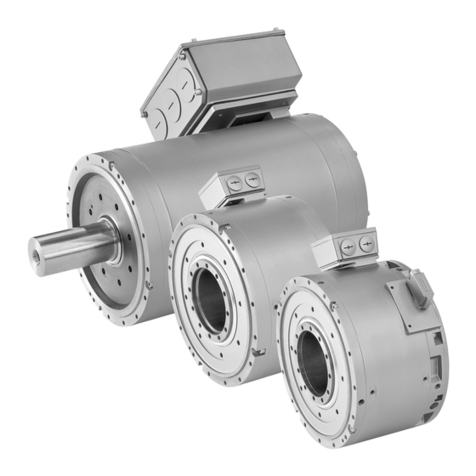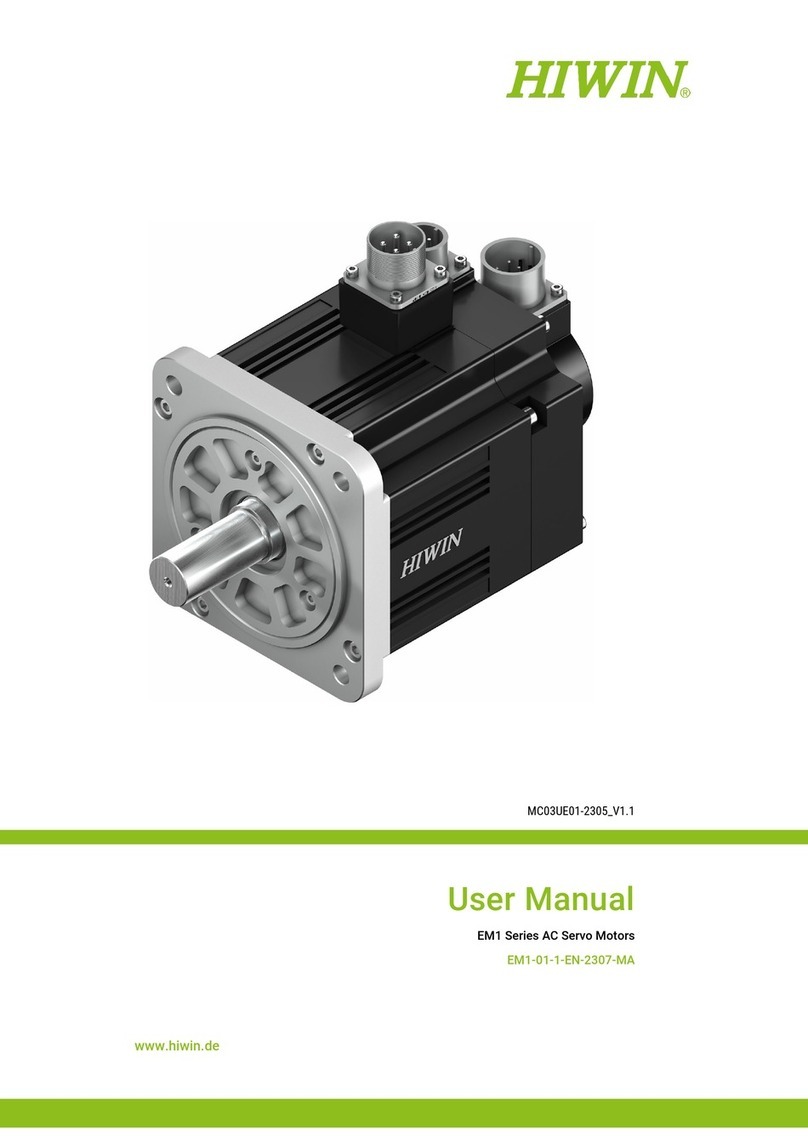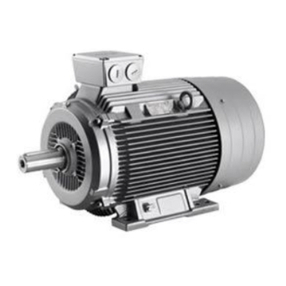
Section 01: ENGINE
PA1561 5
temperature coefficient, which means the sensor
resistance will decrease as the engine oil
temperature increases.
The Engine Oil Temperature Sensor is located
in the oil pan.
Exhaust Temperature Sensor (DPF Sensors)
The exhaust gas temperature sensor detects
exhaust gas temperature for DPF protection as
well as DPF regeneration control. The sensor
modifies a voltage signal from the control unit.
The modified signal returns to the control unit as
the exhaust temperature at that specific location
of the exhaust. The sensor uses a thermistor
that is sensitive to the change in temperature.
The Exhaust Temperature Sensors are located in
the DPF assembly.
Fuel Pressure Sensor
The fuel pressure sensor contains a diaphragm
that senses fuel pressure. A pressure change
causes the diaphragm to flex, inducing a stress
or strain in the diaphragm. The resistor values in
the sensor change in proportion to the stress
applied to the diaphragm and produces an
electrical output.
The Fuel Pressure Sensor is located on top of
the fuel filter housing.
Intake Air Temperature and Humidity (IATH)
Sensor
The Intake Air Temperature and Humidity (IATH)
Sensor contains a thermistor and a capacitive
sensor. The resistance of the thermistor varies
inversely to temperature. The output of the
capacitive sensor increases as the humidity of
the surrounding air increases. By monitoring the
signals from both portions of the sensor, the
Engine Management System (EMS) Module
calculates the temperature and humidity of the
air passing through the air filter housing.
The Intake Air Temperature and Humidity (IATH)
Sensor is located in the air intake tube just
downstream from the air filter canister.
Intake Manifold (Boost) Temperature Sensor
The Intake Manifold (Boost) Temperature
Sensor is a thermistor whose resistance varies
inversely to temperature. The sensor has a
negative temperature coefficient, which means
the sensor resistance will decrease as the inlet
air temperature increases.
The Intake Manifold (Boost) Temperature
Sensor is located in the intake manifold.
Intake Manifold Pressure Sensor
The Intake Manifold Pressure Sensor contains a
pressure sensitive diaphragm and an electrical
amplifier. Mechanical pressure applied to the
diaphragm causes the diaphragm to deflect and
the amplifier to produce an electrical signal
proportional to the deflection.
The Intake Manifold Pressure Sensor is located
on the air inlet pipe before the intake manifold.
Throttle Position (TP) Sensor
The Throttle Position Sensor is a potentiometer
that is mechanically linked to the accelerator
pedal. A potentiometer is a variable resistor
whose resistance will change as the pedal is
pressed. As the resistance changes, the signal
voltage of the sensor changes indicating the
accelerator pedal position.
The Throttle Position Sensor is located above
the accelerator pedal. The sensor is designed to
improve the driver’s control by reducing
sensitivity to chassis motion. This sensor
provides the driver’s fuel request input to the
VECU.
Turbo Speed Sensor
The Turbo Speed Sensor informs the EMS of
the turbo shaft speed. The sensor does not read
from the vanes, but reads from the shaft. The
Engine Management System (EMS) Module
uses this signal in conjunction with the VGT
position sensor signal to control the speed of the
turbocharger and therefore optimize the intake
manifold pressure.
The Turbo Speed Sensor is mounted in the
center of the turbocharger.
Variable Geometry Turbocharger Smart
Remote Actuator (VGT SRA)
The Variable Geometry Turbocharger Smart
Remote Actuator (VGT SRA) takes the position
commands from the EMS, moves the nozzle of
the turbocharger to the desired position, and
performs all of the diagnostics and self checks
on the actuator.


